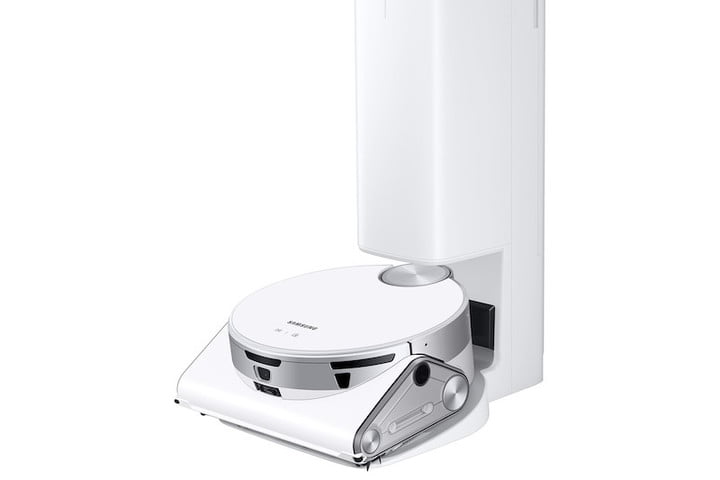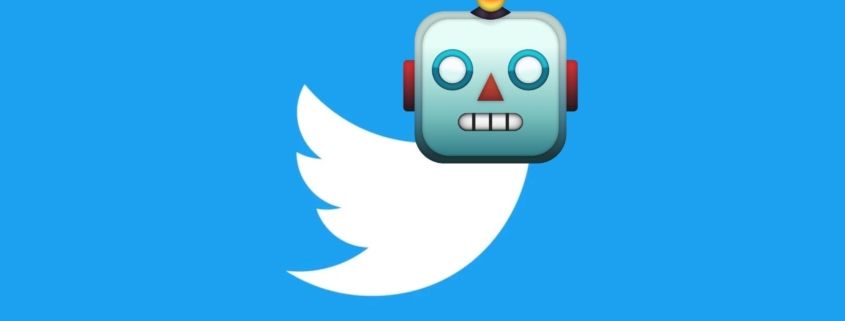Samsung Jet Bot AI+ vs. iRoomba Roomba S9+
When we think of robot vacuums, one name that comes to mind is Roomba. Hailed as one of the reliable O.G. brands of the bot vac marketplace, iRobot’s cutting-edge house cleaners are cool to look at, easy to operate, and convenient to customize — whether you’re looking to build a weekly vacuuming schedule or want to fire it up for a fast sweep.
With robot vacs being available for years now, there’s plenty of competition. In fact, a surface-level skimming of Amazon’s listed robot vacs will pull hundreds of results. While a number of these foes can barely touch the performance and value of the cherished Roomba, one company that is always looking to claim more real estate in the home is Samsung. From TVs and refrigerators to smart home controls, Samsung makes every effort to gain notoriety in whatever sector they’re designing products for, and their robot vacuums are no exception.
Today, we’ll be pitting Samsung’s flagship robot vac, the Jet Bot AI+, against the undefeated champion of sentient vacuuming, the iRobot Roomba S9+. We are weighing in on criteria like design, features, and price.
Design

Samsung Jet Bot AI+
The Samsung Jet Bot AI+ has one of the most attention-grabbing designs that we’ve seen in a robot vac. Where the company’s mid-tier and entry-level units opt for a traditional puck-shaped vac aesthetic, the Jet Bot AI+ features two separate chassis segments — the rounded main housing with a built-in camera, sensors, and buttons, and a distinctive, front-facing tumbler section with brush and suction components housed underneath. Speaking solely of appearance, the Jet Bot looks formidable, kind of like a cross between an industrial cleaner and a military-grade infiltrator.
Like the rest of the Jet Bot lineup, Samsung’s color scheme of choice is a white shell with silver trimmings paired with a towering white clean station for charging and dirt removal. The bot/dock combo isn’t exactly overbearing, but the “no-nonsense” fighter-bot look may not mesh well with certain home decor.

iRobot Roomba S9+
Then there’s the D-shaped chassis of iRobot’s Roomba S9+. The company claims that by trading the common puck aesthetic for the shell design of…



